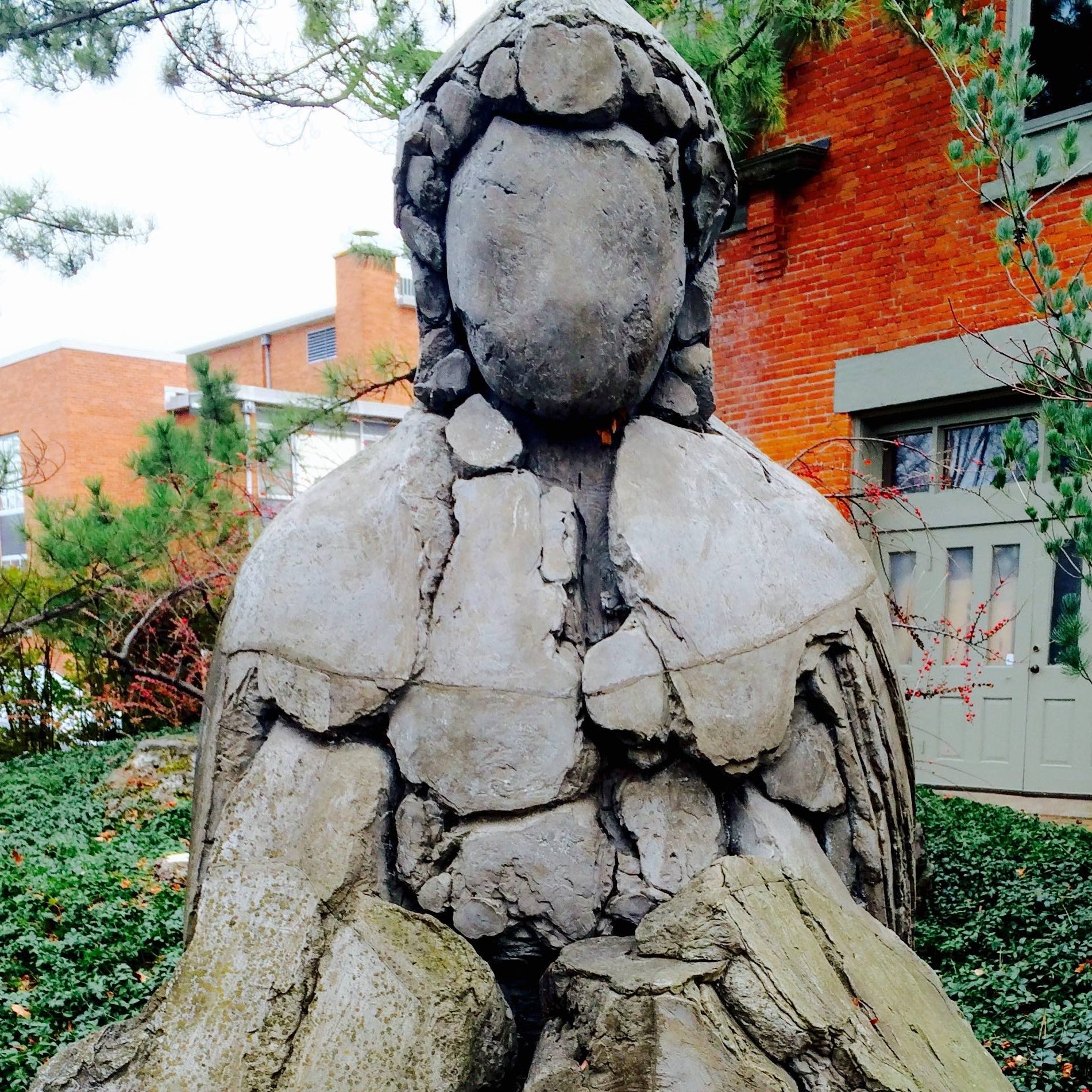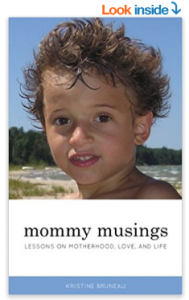Mindfulness is not a temporary state of mind: It’s a way of living.
By paying attention and staying in the present moment, we have a better chance of remaining calm and compassionate, especially during this pandemic, when we need to find our blue sky. Over time we can cultivate resilience and become happier.
What is mindfulness?
Mindfulness is being aware of what is going on when you: walk in the park, or drink a cup of coffee, or bite into a delicious piece of dark chocolate. By paying attention to what we are doing, we can create space for insight.
Mindfulness is a form of meditation, and the two terms are often used interchangeably. Meditation encompasses the practice of training our attention so that we can connect fully and directly with life and whatever it brings. Mindfulness is a skill cultivated in meditation practice, and it is something we can apply to many other activities like yoga, soccer, and writing.
Meditation trains us in being mindful. When practicing meditation, results show that people get a lot happier. Meditation improves overall wellness. It helps us relieve stress, anxiety, pain, depression, or insomnia. It helps us deal with the symptoms and emotional strain of chronic illness such as heart disease and cancer.
Since I’ve been meditating, I f better person. I feel more connected to my whole self. I’ve been able to face my fears, strengthen my relationships, be present in the moment and aware of my surroundings. There is less tension in my body, and I can achieve more clarity and focus on my work. During the past several weeks, I have found greater peace of mind.
 Why does meditation work?
Why does meditation work?
Scientific evidence shows that meditation generates a lot of health benefits, including:
- Lowering your blood pressure
- Boosting your immune system
- Reducing the release of the stress hormone cortisol
- Rewiring the brain for increased happiness, calm, and decreased reactivity
Despite research and evidence to support meditation, making us happier, there are still misconceptions:
- It’s too weird
- My mind’s too busy
- I could never do it
- I can’t be alone with the voices inside my head
We are human. Everybody’s mind is out of control. If that were not the case, we wouldn’t need meditation. But we do.
Most of us know that physical exercise increases health, helps us handle stress better, and promotes longevity. Meditation is a mental exercise, and if you practice it, you are going to receive the same benefits. When you build your mental strength, you’ll lower your stress, increase your focus, improve your memory, enhance your mood, and boost your immune system. If meditation can help to improve many health problems and promote healthy behaviors, it makes sense that it might also make us happy.
Here’s the thing, you don’t have to meditate to be mindful, but the two are interconnected. There are many ways to bring mindfulness to your daily activities.
Thich Nhat Han says in his meditation manual The Miracle of Mindfulness that to practice mindfulness we have to keep our attention focused on the work. We need to be alert and ready to handle a change in the project or shift in the program. We need to be conscious of what we are doing at the time we are doing it like, washing your hands, helping your child with his homework, or driving a car.
You can start anytime and anywhere. Try bringing mindfulness to any task such as gardening, biking, hiking, cooking, making art, or doing any activity you enjoy. As a writer, I keep a story journal. In it, I record anything of interest throughout my day. Sometimes I try a writing prompt and then write for 15 minutes or longer without stopping and editing myself. You can do it, too.
Choose an activity and set a minimum amount of time for it without multitasking. Put down your phone, turn off the TV, and be completely present. Set a timer to hold yourself to it. Notice the sounds, sights, and tactile sensations that your activity brings. Do not judge your process or the outcome. If you find your mind wandering, return to the present task. When the timer rings, consider what felt different when you applied mindfulness to the job.
Non-judgment can be a valuable teaching tool when incorporated into our favorite activities.
Meditation can help us go more in-depth into mindfulness. While meditation is rooted in the spiritual traditions of Buddhism, it is not religious. Anyone can practice it. The key to meditation is to begin again. And again. And again. When you try to meditate, you will get lost. Your mind will wander like a puppy. It will run off, chase its tail, snap at a fly, scratch an itch, or fall asleep. It’s okay. Just notice when it wanders and begin again. The point is not to erase all thoughts, but acknowledge the feeling without judgment. Just take another breath.
Having a regular meditation practice allows us to discover the real happiness of simplicity, connection, and presence. We cultivate the ability to disengage from unthinking and constant struggles. Meditation is a practice: It’s simple, but not easy.
Now, more than ever, we need practical, actionable ways of coping with stress, fear, and anxiety. Fortunately, we don’t have to search far and wide to find helpful resources. Still, the amount of information can get overwhelming, sending us back to a place of tension.



